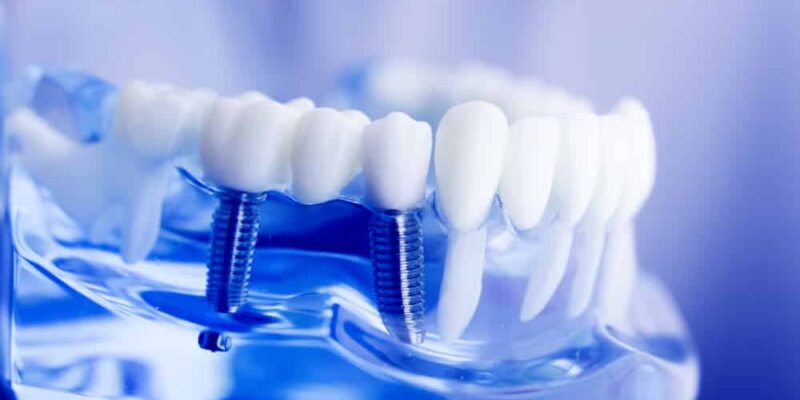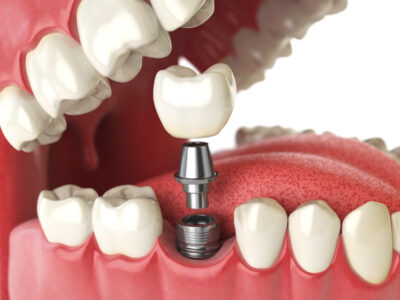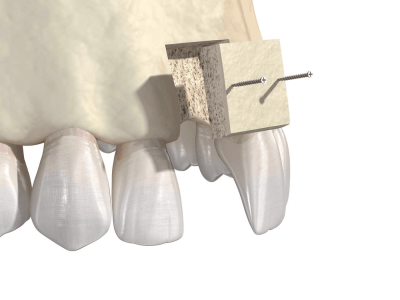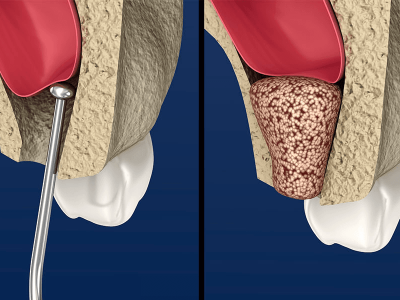Dental implants have long been hailed as a valuable solution for replacing missing teeth and improving oral health and quality of life. While numerous studies have examined the benefits of implants, only a few have delved into their effects on adjacent teeth and tissues. In a retrospective case-control study conducted by a team of researchers, the complications of teeth neighboring dental implants in the posterior region were investigated, shedding light on important factors influencing these complications.
The study, conducted at a single community dental clinic between January 9, 2010, and January 9, 2020, involved the extraction of clinical data from the medical records of patients who had undergone implant treatment in the posterior segment. These patients were regularly examined both clinically and radiographically every six months. The data pertaining to the adjacent teeth to the dental implants were divided into two groups: complications (referred to as the “study group”) and no complications (referred to as the “control group”).
A total of 1,072 patients were included in the study, revealing that 179 patients (16.7%) experienced complications in teeth adjacent to dental implants, while 893 patients had no documented complications. The findings identified several predisposing factors for complications, with smoking and a higher number of implants, increasing the likelihood of secondary caries. Tooth cracks and fractures were found to be associated with osteoporosis, while males exhibited a higher susceptibility to tooth fractures. Tooth mobility was correlated with a greater number of implants.
Further analysis within the complication group revealed statistically significant associations. Age was found to be significant in primary caries and tooth mobility, a higher number of implants was more prevalent with tooth mobility, a wider implant platform was more significant with primary caries, and periodontal Stage III was more prone to tooth mobility. The distance between the implant and adjacent tooth also proved to be statistically significant, with close proximity associated with tooth mobility and a larger distance associated with dental caries.
In conclusion, this study highlighted a relatively high rate of complications in teeth neighboring dental implants, with secondary caries being the most common complication.
The research emphasized the significance of a thorough understanding of implant positioning and proper placement to prevent complications in adjacent teeth.
The findings provide valuable insights for dental professionals and implant specialists, enabling them to make informed decisions and improve the success rate of implant procedures while minimizing complications.
While this study contributes significantly to the existing body of knowledge, the researchers acknowledge the need for further research and larger-scale studies to corroborate their findings. Continued investigation in this field will ultimately contribute to improved clinical practices and enhanced patient outcomes.



















Comments